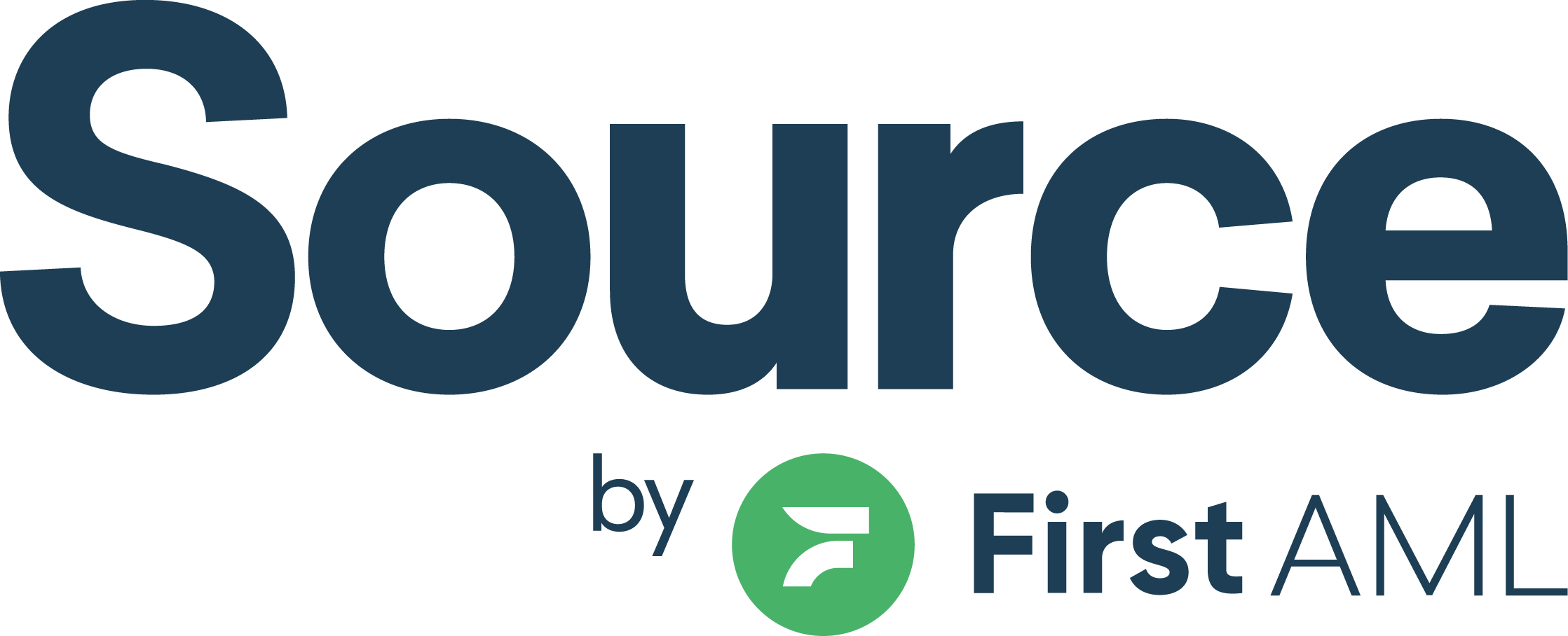TABLE OF CONTENTS
- What are Custom Requirements?
- What user roles can create Custom Requirements?
- How do I Create and Edit a Custom Requirement?
- How do I Edit, Search and Filter Default requirements?
- Things to Note:
What are custom requirements?
Platform users are able to create their own requirements, define the description wording for the requirement within the Manifest, Email Request and Secure Web Form and edit or disable existing default and custom requirements.
This allows users to create requirements that are bespoke to their compliance programme. Users have control over which requirements can be applied to individuals and entities within the Manifest.
Users can add a description to all custom and default requirements to help guide internal users and provide additional explanations for requirements for their external clients.
Which user roles can create custom requirements?
User roles with the ability to access Settings e.g. Compliance Administrators can set and edit custom requirements within the Settings —> Manifest section.
How do I create and edit a custom requirement?
- Navigate to the Settings menu from the left-hand sidebar and then click on ‘Manifest’.
- To add a custom requirement, click ‘+Add Requirement’.
- The ‘Add Requirement’ module will pop up in the centre of the screen. You will be prompted to do the following:
- Input the name of the requirement
- Select whether the requirement is related to individuals or entities. Please note that if you wish to apply the same requirement to individuals and entities, you will need to add the same custom requirement twice.
- Select how you would like to collect your requirements. You have four options:
- Document upload: The end user uploads a document to the requirement. e.g. Please provide your bank statements.
- Short answer: The end user provides a free text short answer to the requirement. e.g. What is your occupation?
- Paragraph: The end user provides a free text longer answer to the requirement. e.g. Please outline your business activities in detail.
- Checkbox: The end user can tick a box to the requirement. e.g. Please confirm that you agree with our firm's privacy policies below.
- Document upload: The end user uploads a document to the requirement. e.g. Please provide your bank statements.
- Input descriptions for the requirement for the Manifest, the email and the secure web form. There is a character limit of 1000 characters per text box.
- Select whether the requirement can be collected digitally e.g. via the secure web form. Please note the toggle is defaulted to can be requested digitally.
- Input the name of the requirement

4. Example of description wording for a custom requirement:
Example: Collect Tax Identification Number (TIN)
Manifest: Please ensure the document uploaded for the TIN is dated within three months and that the legal name on the document matches the individual’s legal name on their ID. These two fields must match to fulfil Law Society requirements.
Email: Please upload a document confirming your Tax Identification Number (TIN)
SWF: Please upload a document confirming your Tax Identification Number (TIN). This document should contain a government letterhead and be dated within three months. E.g. HMRC/IRD/ATO letter. If you have any difficulty providing this or if you do not have a TIN, please reach out to [support email address].
5. Click ‘Save’ to save the requirement. To edit or delete the requirement, click the three dots to the right of the custom requirement to edit the requirement or to delete it.

How do I edit, Search and filter default requirements?
You can edit the descriptions for default requirements by clicking the three dots to the right of each requirement. You will not be able to edit the name of a default requirement.
To disable a default requirement, click the three dots to disable it. The requirement will be marked as ‘No’ under the Enabled column.
You can search by the name of the default requirement e.g. ‘certified’ and filter the list of default requirements by what it is related to - individuals or entities.
Things to note:
- If a requirement needs to be applied to individuals & entities, it will need to be added twice.
- Once a requirement is added for an individual, you cannot change it to be an entity-related requirement in the dropdown. It will need to be re-added.
- The search and filter function only applies to default requirements. Custom requirements don’t fall under this function.
